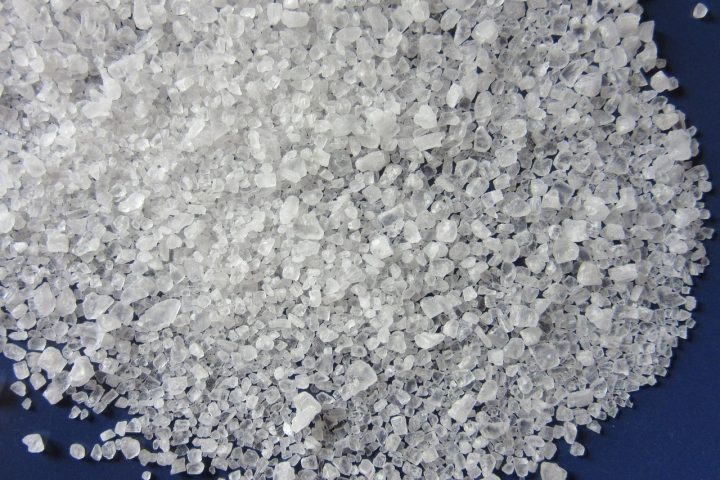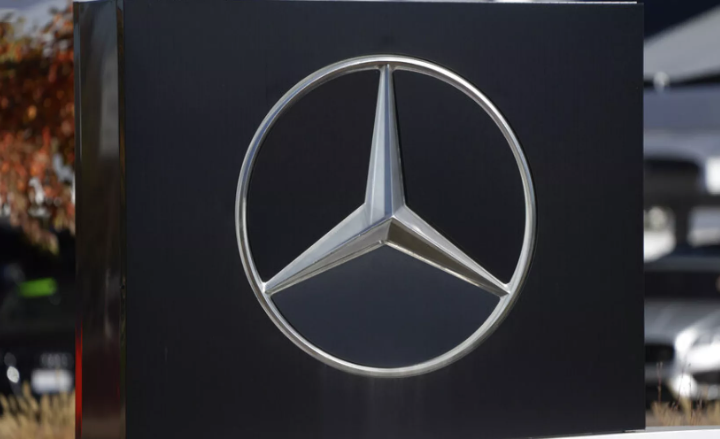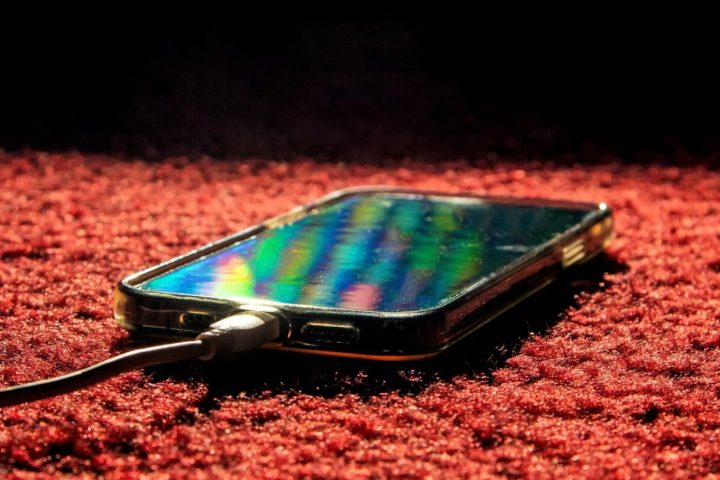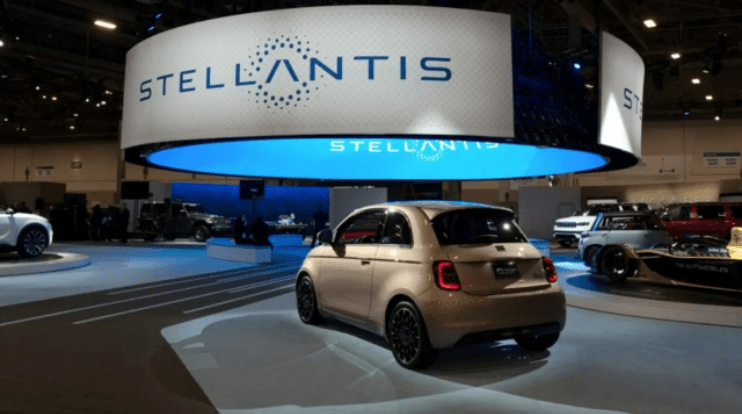Scientists have developed a new battery that can be charged in minutes and lasts longer than existing technologies
The research team from Harvard University’s School of Engineering and Applied Sciences (SEAS) in the US, which developed the new design, claims that the solid-state cell could revolutionize electric cars and smartphones by significantly increasing range and capacity while reducing charging times.
“Lithium metal anode batteries are considered the holy grail of batteries as they have 10 times more capacity than commercial graphite anodes and can greatly increase the driving range of electric vehicles,” said Shin Li, Associate Professor of Materials Science at SEAS.
- With Marvel Echo, the future of the cinematic universe is revealed!
- Xiaomi’s mystery phone revealed in performance test!
Our research is an important step towards more practical solid-state batteries for industrial and commercial use.
The scientists’ research focused on lithium metal anode batteries, which have enormous superior capacities but have so far proved too volatile for practical use.
Charging such batteries can cause them to short-circuit or even catch fire due to a process called coating. The team was able to overcome this problem by using micron-sized silicon particles placed on the anode of the battery.
“In our design, the lithium metal is wrapped around the silicon particle, just like the hard chocolate layer around the hazelnut kernel of truffle chocolate,” Professor Li said.
The researchers demonstrated the design using a postage stamp-sized version of the battery, which can retain 80 percent of its capacity after 6,000 cycles and outperforms other solid-state batteries on the market today.
Since their discovery, Professor Li and his team have licensed the technology through a Harvard spin-off company called Adden Energy in the hopes of commercializing it.
The paper detailing the research, titled “Fast cycling of lithium metal with shrink-sensitive anode materials in solid-state batteries”, was published this week in the scientific journal Nature Materials.
in a nutshell: https://independent.co.uk/tech





